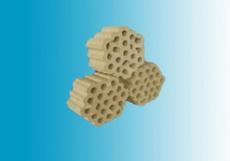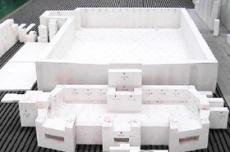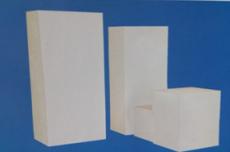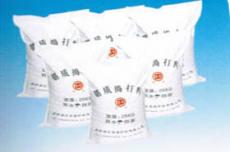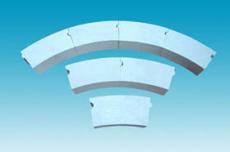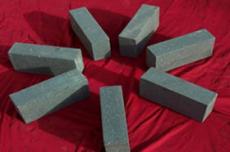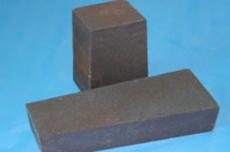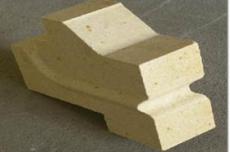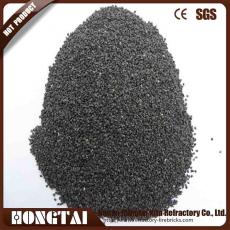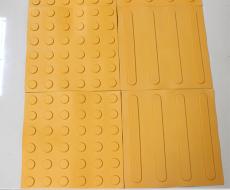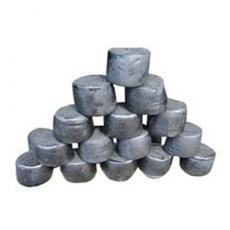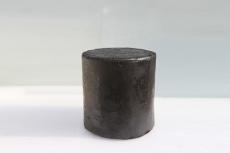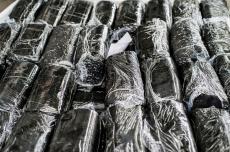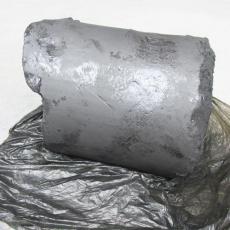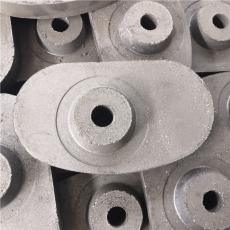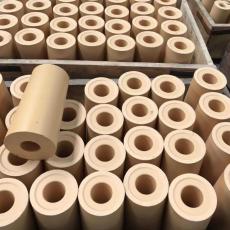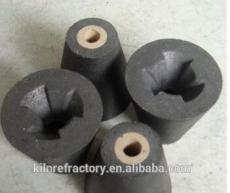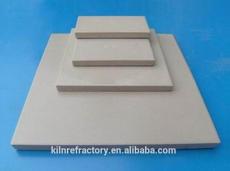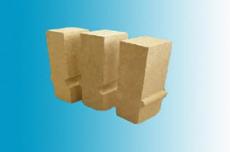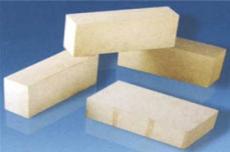
There are many types of refractory materials. According to their appearance classification, refractory materials can be divided into refractory bricks (products with a certain shape) and unshaped refractory materials (referred to as bulk materials). Refractory bricks are divided into four categories: sintered bricks, unsintered bricks, fused bricks (fused cast bricks) and refractory insulation bricks.
The refractory materials used in glass melting furnaces are mainly cast refractory materials, supplemented by sintered refractory materials and amorphous refractory materials. Cast refractory materials are divided into two series: cast zirconium corundum and cast alumina. They are mainly used in float glass melting furnaces, electronic glass melting furnaces, daily glass melting furnaces, as well as glass fiber, special glass, some ordinary flat drawing and graffiti glass. Industrial furnaces such as glass melting furnaces. Casting refractory materials are the most critical furnace building materials in direct contact with molten glass in glass melting furnaces. Their quality directly affects the quality of glass and the technological progress of glass melting furnaces. In the structural adjustment of my country's glass industry, high-quality cast refractory materials play an extremely important role.
01 Sintered refractory materials
After the raw materials are selected, purified, homogenized, crushed and classified, appropriate binders are added to make batch materials according to the proposed proportions. The blanks are processed into a green body of a certain shape through the forming machine, and then dried and the green body is Heat treatment, etc., to make it a product with a fixed shape and expected microstructure and performance, which is called sintered refractory material.
Products of this type include: aluminum silicate refractory products, silicon refractory products, magnesia refractory products and lightweight refractory products, etc.
02 Casting refractory materials
Cast refractory materials refer to products in which the batch materials are melted at high temperature and then cast into a certain shape. The electrofusion method is currently the main method for producing cast refractory materials. Electric fused refractory materials are made by melting a precisely prepared mixture in an electric arc furnace and then casting it in a sand mold. The ingot is then heat treated and then machined. The smelting process can obtain complete coarse crystals and dense structure. Compared with sintered refractory materials, it has the characteristics of dense structure, low porosity, high volume density, high mechanical strength and high temperature structural strength, and strong resistance to glass liquid erosion.
Important indicators for evaluating the performance of electrofused refractory materials include: chemical and crystal phase composition, volume density, glass phase exudation temperature, glass phase exudation amount and foaming rate. The meaning of foaming is that when O2 diffuses into the brick, it reacts with the contained carbon or carbide, sulfide and nitride, releasing gases such as CO2, SO2, N2, etc. These gases squeeze the molten phase out of the brick and form on the surface. Bubbles visible. The main varieties currently produced include: fused mullite bricks, fused zirconium corundum bricks, fused chromium zirconium corundum bricks, fused quartz bricks, fused corundum bricks, etc.
03 Unshaped refractory materials
Unshaped refractory materials, also called bulk refractory materials, are refractory materials that are mixed with a certain grade of refractory aggregates and powdery materials with binders and admixtures, and are used directly without the forming and firing processes. Compared with refractory bricks, amorphous refractory materials have the characteristics of simple process (because the firing process is omitted), energy saving, low cost, and easy mechanized construction.
There are many types of unshaped refractory materials. Classification according to the material of the refractory materials used, such as siliceous, clay, high alumina, magnesium, dolomite, chromium, zirconium, etc.; Classification according to the type of binder used, such as tar asphalt, aluminate Cement, silicate, sulfate, chloride, etc. Generally, according to their process characteristics, they are divided into refractory mud, rammed refractory materials (referred to as ramming materials), plastic refractory materials (referred to as plastic), pouring or pouring refractory materials (referred to as pouring materials or castables), refractory concrete and spray refractory Material (referred to as spray material), etc.
